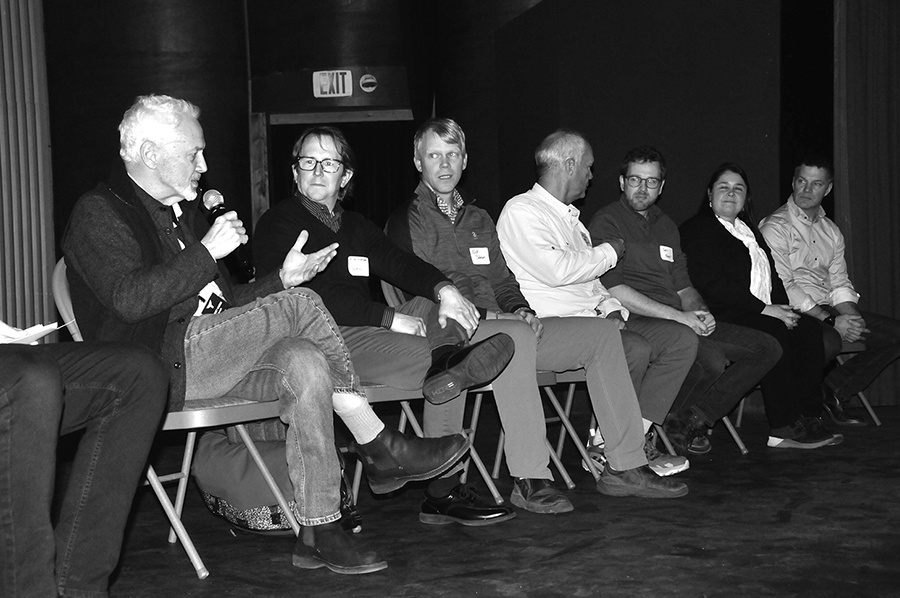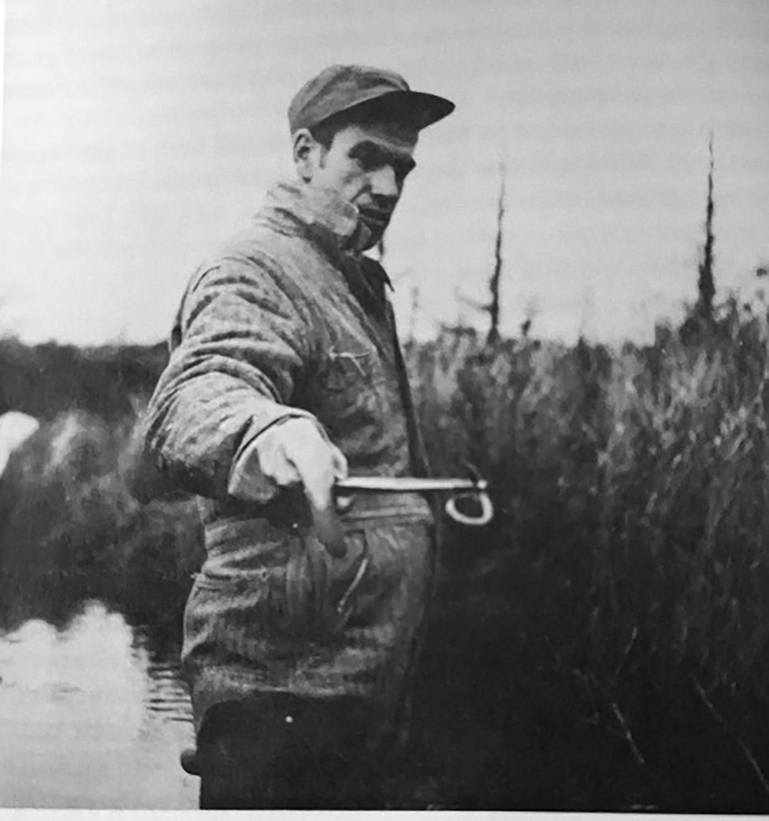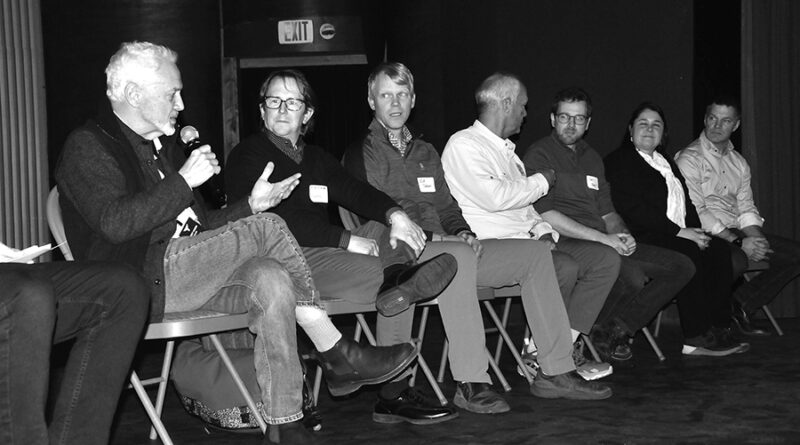Sea lamprey film highlights local difference-makers

by Peter Jakey–Managing Editor
The Thunder Bay International Film Festival (TBIFF) opened its weekend run at the Rogers Theater with the Michigan film festival premiere of the in-depth documentary, “Relentless” with many local people, names and places highlighted.
The award-winning film that took about eight years to produce, and was narrated by Michigan native J.K. Simmons, is about the deadly invasion of sea lamprey into the Great Lakes and the tenacious scientists – many of whom lived and worked in northeast Michigan – determined to find a solution.
“We were so thrilled to see a full audience at the historic Rogers Theater, the opening night of the film festival,” said Stephanie Gandulla, Thunder Bay National Marine Sanctuary resource protection coordinator. “The sanctuary is proud to partner with the Great Lakes Fishery Commission (GLFC) to share the compelling film ‘Relentless’ and help spread the word about one of the biggest issues, and success stories, facing our Great Lakes today.”
In the 1920s and 1930s, overfishing and industrial dumping had already decimated fish populations in parts of the Great Lakes, but sea lamprey, the most destructive marine species to ever invade the Great Lakes, dealt the final blow.
In the face of both the collapsing fisheries and the communities that relied upon them, scientists and policymakers were in a race against time. Scientists working at the Hammond Bay Biological Station were integral to the early and continued success of the sea lamprey control program.
However, filmmakers were in a race against time, according to director T. Lindsey Haskin, answering questions from the audience after the showing.
Some of the people they wanted to interview were getting up in age, such as the late Cliff Kortman, who was interviewed late in 2016 or early 2017, not long before he died.
The 30-year employee was in the lab and weighed the chemicals that became the magic bullet, or lampricide TFM (3-trifluoromethyl-4-nitrophenol), that could kill the sea lamprey larval and not harm other fish or wildlife. The discovery, made in 1958, was considered a game changer for sea lamprey control, and alongside other control methods, it contributed to a 90 percent decline in lamprey populations.
During Cliff’s appearances on screen, his son Rob Kortman was in the audience watching at theater, and became emotional.

BACK IN 1957, Cliff Kortman was involved in field testing of chemicals in Presque Isle County. In this photo, he holds a dead larval; however, it was not until 1958 that the chemical TFM was found to kill larva, but not other fish or wildlife.
“It was pretty amazing to me, to be honest with you,” said Rob. “If you see some of the clips in the movie, they had a hood that was vented, and he wore a mask with filters, but there were no rubber gloves or anything, it’s not like today.”
Cliff suffered migraine headaches and had pockmarks on his arms, but did not have any other health issues. Actually, it may have gone the other direction: “One thing about my Dad, when he got a cut, or even surgeries, he healed amazingly fast. In his mind, and this may have nothing to do with it, he always said those chemicals built him up to where he was superhuman, because he would clot up fast.”
Cliff lived to the ripe old age of 89, just a few short months from 90. He retired from the lab in 1987 but ran the restaurant that still bears his last name on Bradley Highway.
Also featured in the family was the Mertz family of Rogers City, who was prominent in commercial fishin
Rogers City business owner Preston Mertz was in attendance at the theater, “Because my grandfather Clarence had a lot of history in that. Beatrice mentioned that my grandpa and his twin brother started the Mertz Fisheries.”
It is unclear what platform the film, funded by the Great Lakes Fishery Commission, will end up on.
Gandulla said the TBIFF will return to Rogers City in 2025, and more than likely, for years to come.

